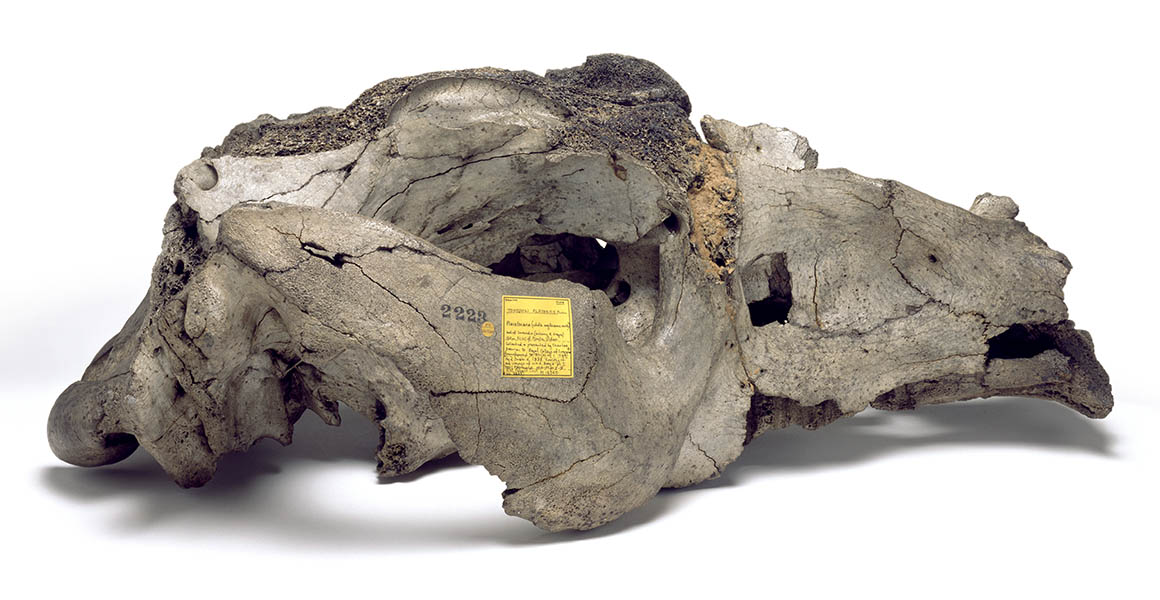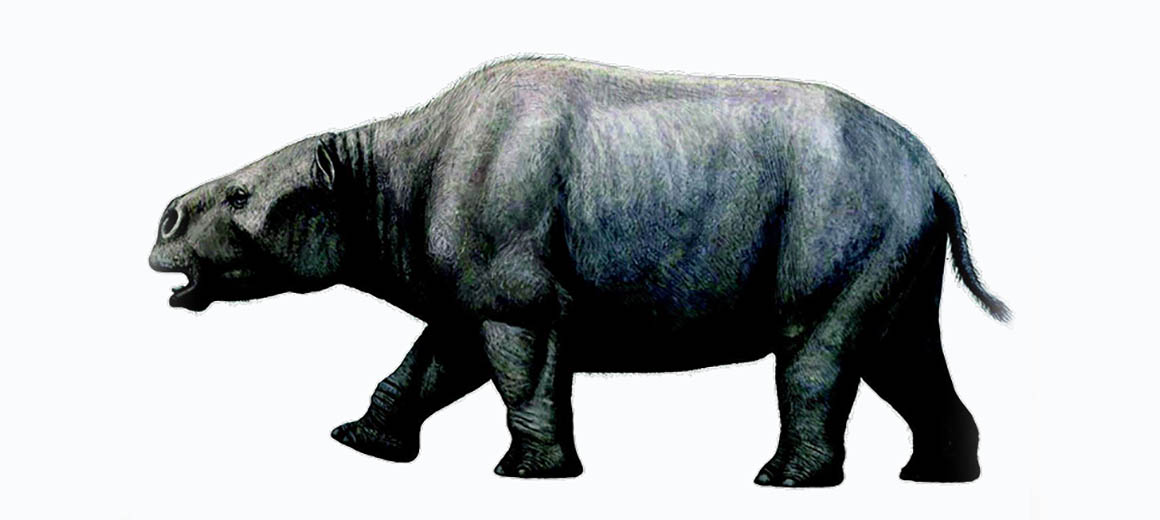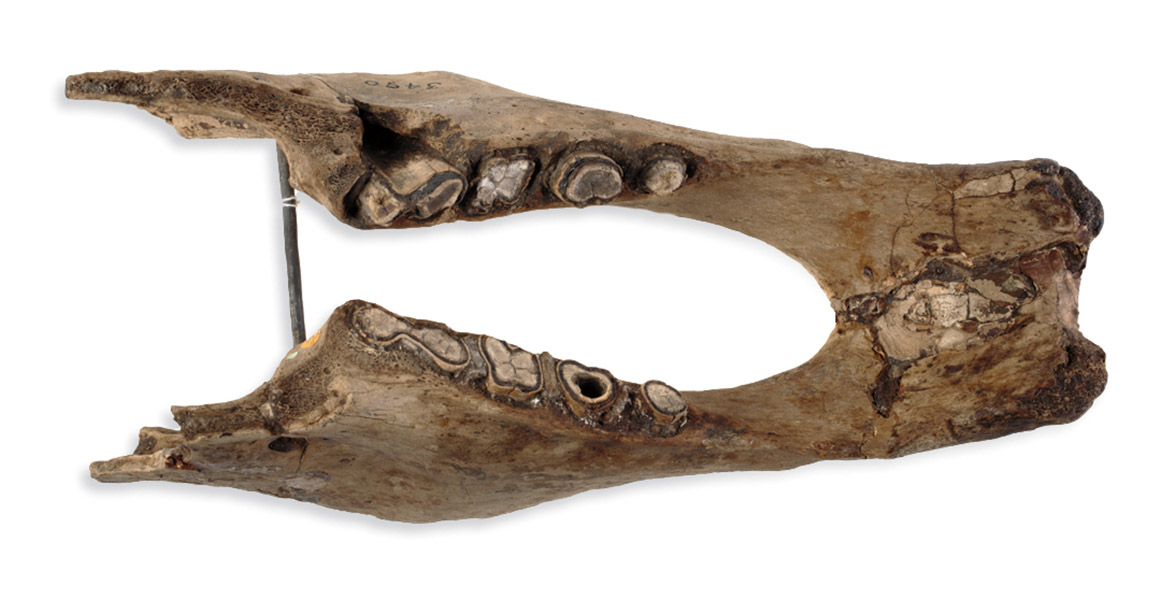Digitising Darwin’s fossil mammals
In the latest update to the digitisation of Darwin’s fossil mammals project, we have produced new 3D models of all of the fossil mammals Darwin collected and used virtual recontruction techniques on two partial skeletons.
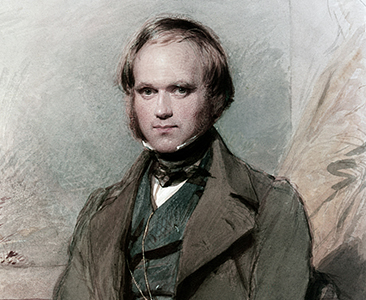
Darwin's fossil mammals
We have completed digitising the historic fossil mammals collected by Charles Darwin on the Voyage of the Beagle.
25 years before he published his theory of evolution through natural selection, a young Charles Darwin was on the voyage of a lifetime. Darwin was confronted with evidence of changes in the distribution and composition of species, of extinction, and of geological and environmental change on a grand scale. His experiences aboard the H.M.S. Beagle between 1831 and 1836 laid the foundation for his future scientific work, culminating in his publication of his theory of evolution in 1859.
Among the thousands of plant, animal, rock and fossil specimens Darwin collected while aboard the Beagle, he collected 13 species of fossil mammals. These specimens held a special place in Darwin’s heart and mind, demonstrated by his enthusiasm when in the field and their place in his thoughts many years later.
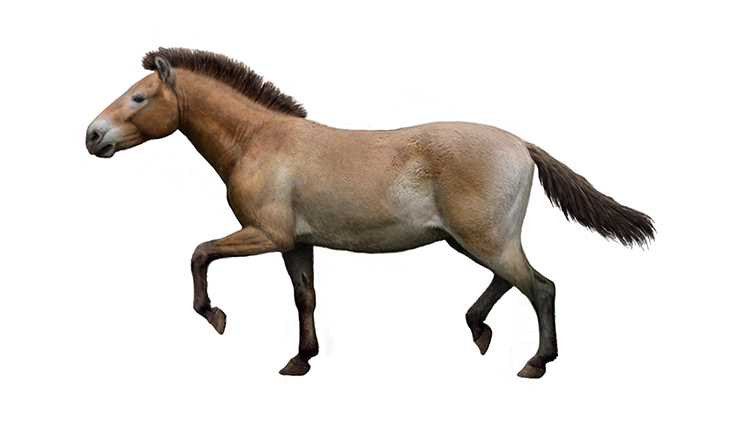
Equus reconstruction by Mauricio Anton
Equus neogeus is an extinct species of wild horse. Equus neogeus was quite large for a wild horse, around 1.5 metres high at the shoulder and probably weighing around 370 kilogrammes.
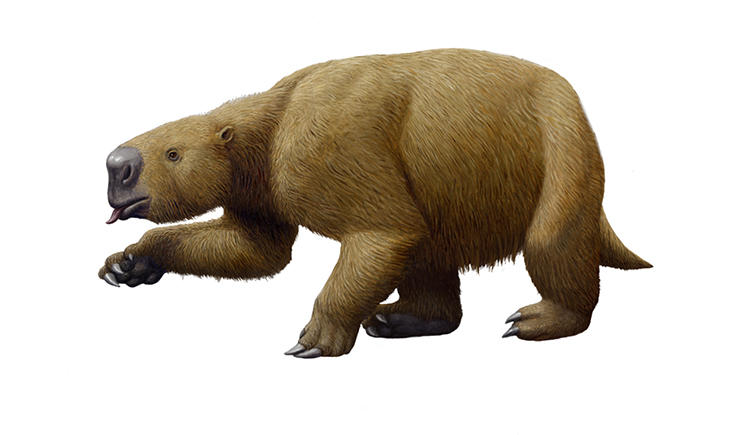
Glossotherium reconstruction by Mauricio Anton
Glossotherium is a type of extinct ground sloth. It was first described by Richard Owen, based on a partial skull which was collected by Charles Darwin on the Voyage of the Beagle.
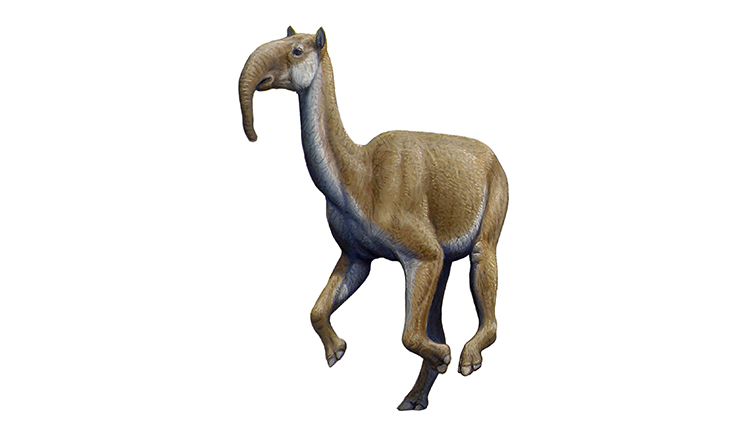
Macrauchenia reconstruction by Mauricio Anton
Macrauchenia patachonica is a member of an extinct group of mammals called litopterns and this partial skeleton were the first described remains of this group.
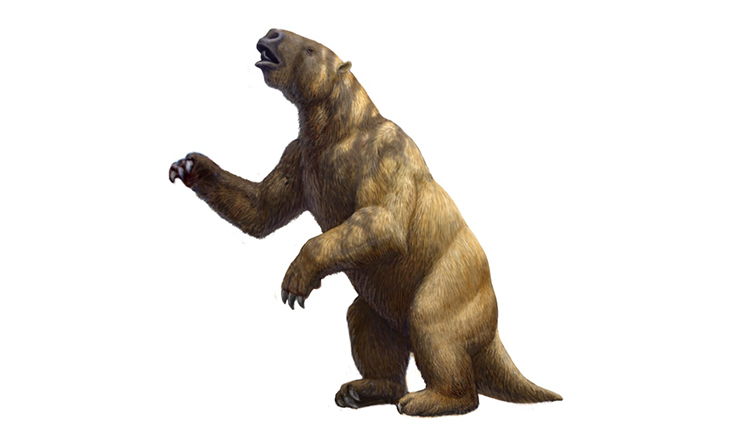
Megatherium reconstruction by Mauricio Anton
Mylodon darwinii is a species of extinct giant ground sloth. It was described as a new species by Richard Owen who named it in honour of it’s discoverer.
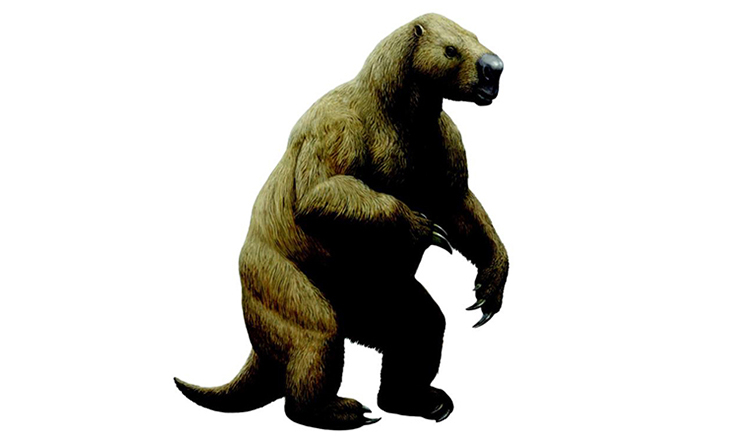
Mylodon reconstruction by Mauricio Anton
Megatherium americanum is the scientific name for an extinct species of giant ground sloth. Its name means ‘great beast from America’.
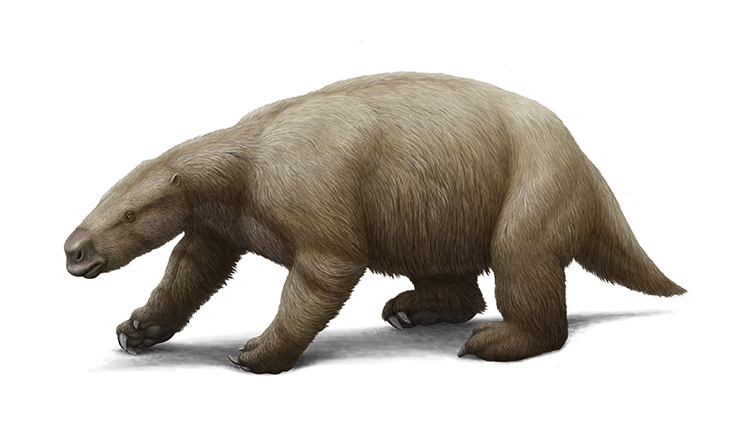
Scelidotherium reconstruction by Mauricio Anton
Scelidotherium leptocephalum is a species of extinct ground sloth, first described based on a partial skeleton discovered by Charles Darwin in 1833 on a beach in Argentina.
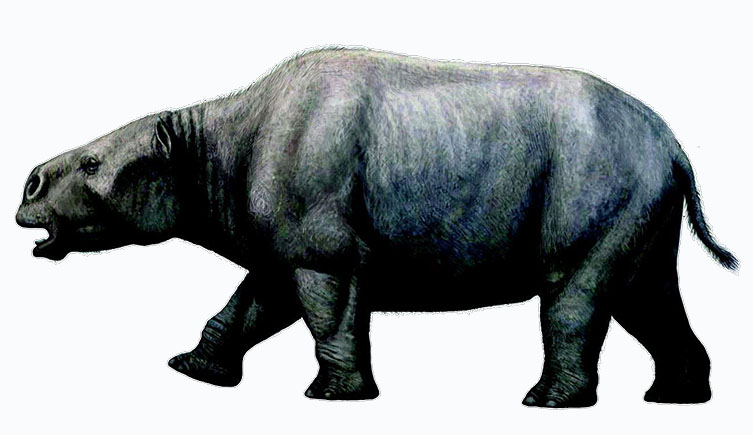
Toxodon reconstruction by Mauricio Anton
Toxodon is an extinct mammal from South America. The word 'toxodon' means 'bow-tooth', from the curved form of the teeth,and 'platensis' refers to the district (La Plata) near where its remains were first discovered.
Imaging the specimens
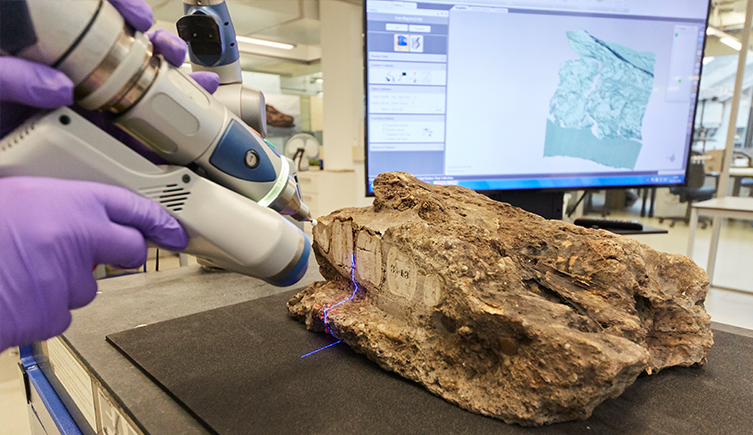
Megatherium specimen being scanned with the laser scanner
An arm-mounted laser scanner captured the profile of the surface, including any cracks, peaks, troughs and texture. The initial capture of the data was completed in a few days. The next step involved processing the data, which took around five times longer.
This complex surface is difficult to capture and reproduce. In the end though, this intricate model will provide just as much detail as its real counterpart.
In the latest part of the project we have experimented with virtual reconstruction techniques to understand how 3D imaging can bring Scelidotherium leptocephalum and Macrauchenia patachonica to new audiences and inspire curiosity about the specimens that were crucial to Darwin’s theories.
You can check out the Darwin Fossil Mammal dataset on the Museum’s data portal or check out the models on Sketchfab. If you have ideas about how you would like to use these models, please get in touch via @NHM_Digitse, @NHMFossilMammal and @NHM_IAC on Twitter.
Project summary
- Focus: Digitisation and conservation of Darwin's fossil mammals. This will include trialing new workflows and outreach methods.
- Funding: Hartnett Conservation Trust / Leche Trust / Barbara Whatmore / Charles Hayward Foundation
- Start date: November 2017
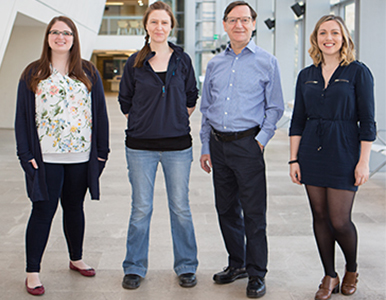
Project team
- Pip Brewer
- Adrian Lister
- Jennifer Pullar
- Amy Scott-Murray
- Richard Fariña
- Sebastián Tambusso
- Luciano Varela
- Kate Burton
- Emily Keeble
- Lucia Petrera
With assistance from
- Lu Allington-Jones
- Brett Clark
- Roula Pappa
Digital collections blog
Catch up with the latest digitisation techniques and technology.
Related information
- See Darwin's fossils in 3D on Sketchfab.
- Read news about this digitisation project.
- Read more about the digital collections programme.
